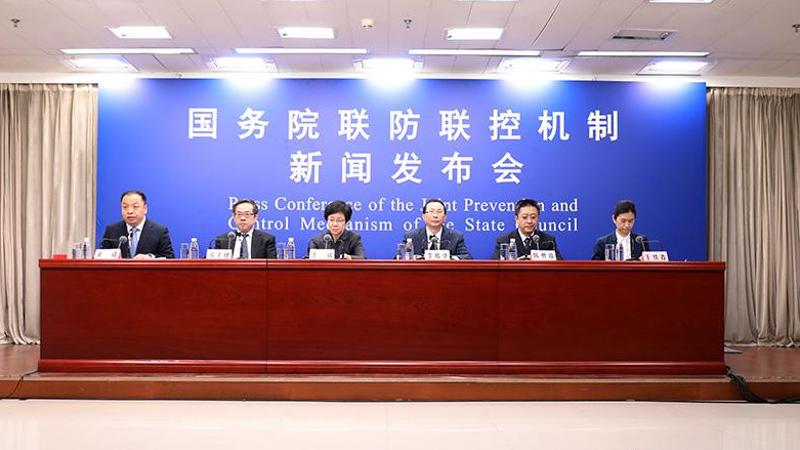Ministry of Transport: It is estimated that about 1.7 billion passengers will be sent during the national Spring Festival travel rush in 2021.

CCTV News:On January 20th, the State Council Joint Prevention and Control Mechanism held a press conference on epidemic prevention and control around the Spring Festival.
At the meeting, Wang Xiuchun, deputy director of the Service Department of the Transport Department of the Ministry of Transport, introduced that this year Spring Festival travel rush is the first Spring Festival travel rush under the normalization of epidemic prevention and control. It is estimated that in 2021, about 1.7 billion passengers will be sent to Spring Festival travel rush, with an average of almost 40 million passengers per day, which is 40% lower than that in 2019 and 10% higher than that in 2020. The pressure on Spring Festival travel rush is still relatively high.
Wang Xiuchun said that in order to do a good job in the prevention and control of epidemic situation in Spring Festival travel rush, ensure that the epidemic situation is not spread by Spring Festival travel rush, and ensure people’s health, safety, smooth and orderly travel, according to the State Council’s decision-making and deployment, a special class for Spring Festival travel rush was set up under the joint prevention and control mechanism of the State Council. The Ministry of Transport, the National Development and Reform Commission, the National Health and Wellness Commission and other 15 departments and units worked together to share information in time, discuss and judge the changes in the situation of epidemic prevention and control in Spring Festival travel rush, study and formulate strategies for epidemic prevention and control in Spring Festival travel rush, and coordinate the prevention and control of Spring Festival travel rush. Mainly carry out the following aspects of work.
First, reduce the centralized flow of personnel and implement peak-shifting and peak-avoiding travel.According to the characteristics of major passenger flows such as migrant workers’ flow, student flow and tourist flow, and according to the relevant policy requirements of local governments, such as celebrating the New Year on the spot, returning to their hometowns at wrong peaks, starting school at off-peak hours, and making an appointment for limited reception of tourism, the transportation departments should strengthen information docking, strengthen transportation organization, scientifically allocate capacity, and reduce the centralized flow of personnel.
The second is to reduce the gathering of people and improve the standards for the prevention and control of passenger epidemics.It is mainly to increase the frequency of disinfection and ventilation in passenger stations and means of transportation, implement real-name ticket purchase, sit in the right place, strictly implement prevention and control measures such as temperature measurement, wearing masks and "one-meter line", control passenger load rate, and strictly implement measures such as international flight fuse.
The third is to formulate an epidemic classification response plan, and start the response in time to distinguish three different situations: sporadic epidemic, local aggregation epidemic and large-scale epidemic outbreak.Focus on transportation organization, safety emergency, prevention and control measures, passenger flow judgment, information release and other aspects to clarify work priorities and work requirements, guide local governments to formulate emergency plans in advance, prepare emergency materials and personnel, and respond in time in case of any situation.
Fourth, we should adhere to the principle of "people with the same defense" and strictly import cold chain logistics and prevent and control the epidemic situation of entry personnel.Continue to supervise and guide enterprises engaged in importing cold chain logistics and importing high-risk non-cold chain container transportation, strictly implement relevant regulations such as employee protection and vehicle disinfection, continue to implement the general requirements of "opening goods for passengers" in inbound transportation, and strictly implement the prevention and control measures and closed-loop management of entry personnel.